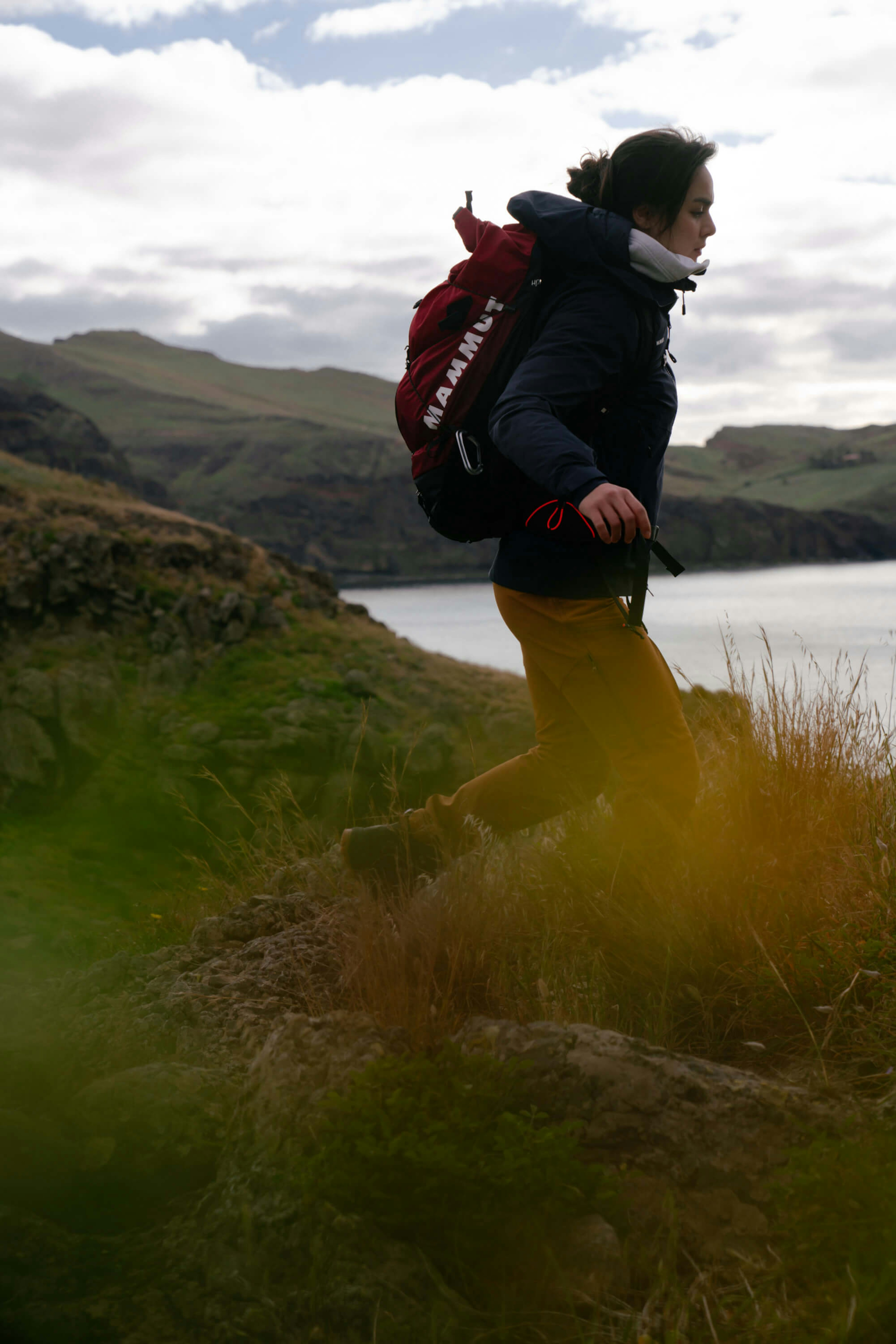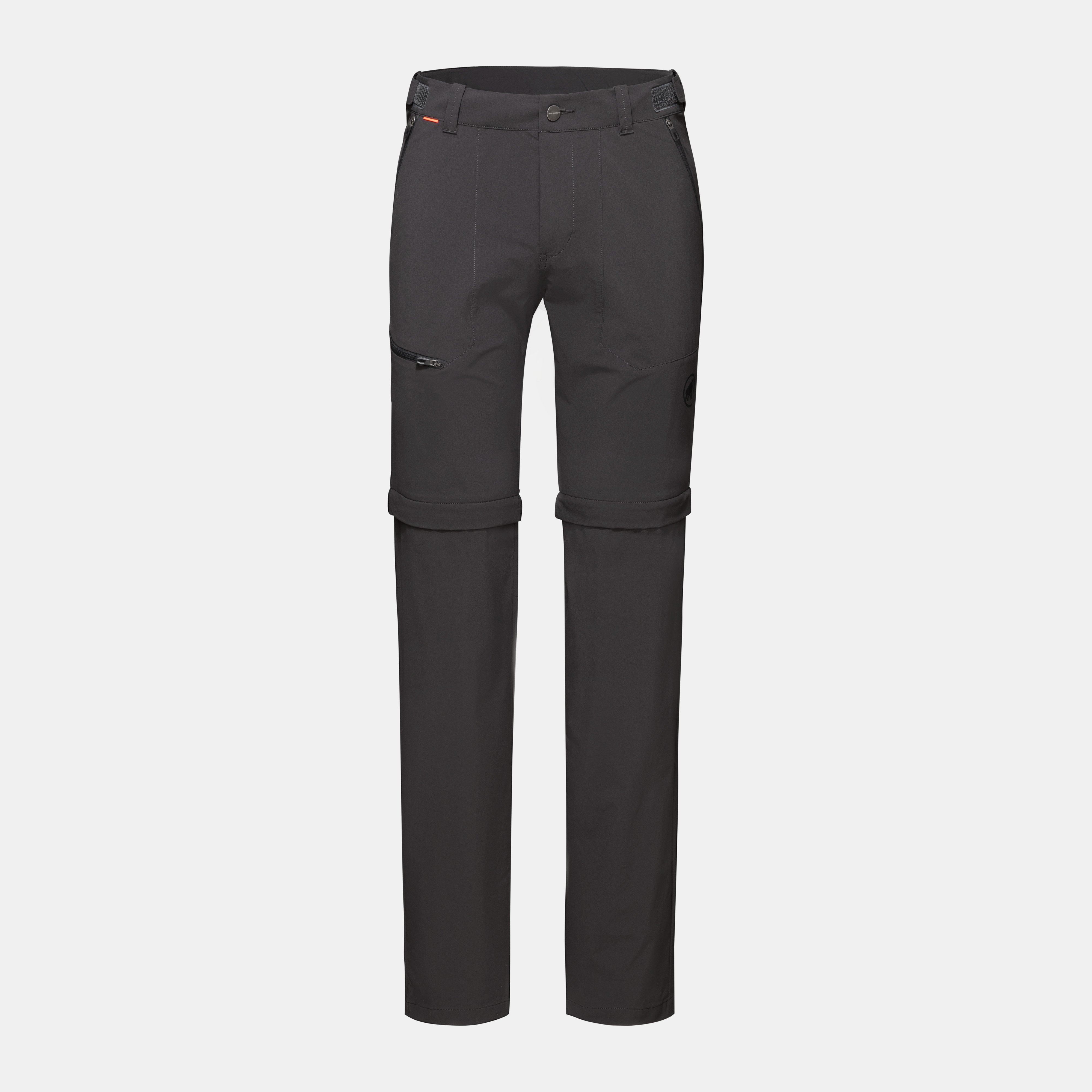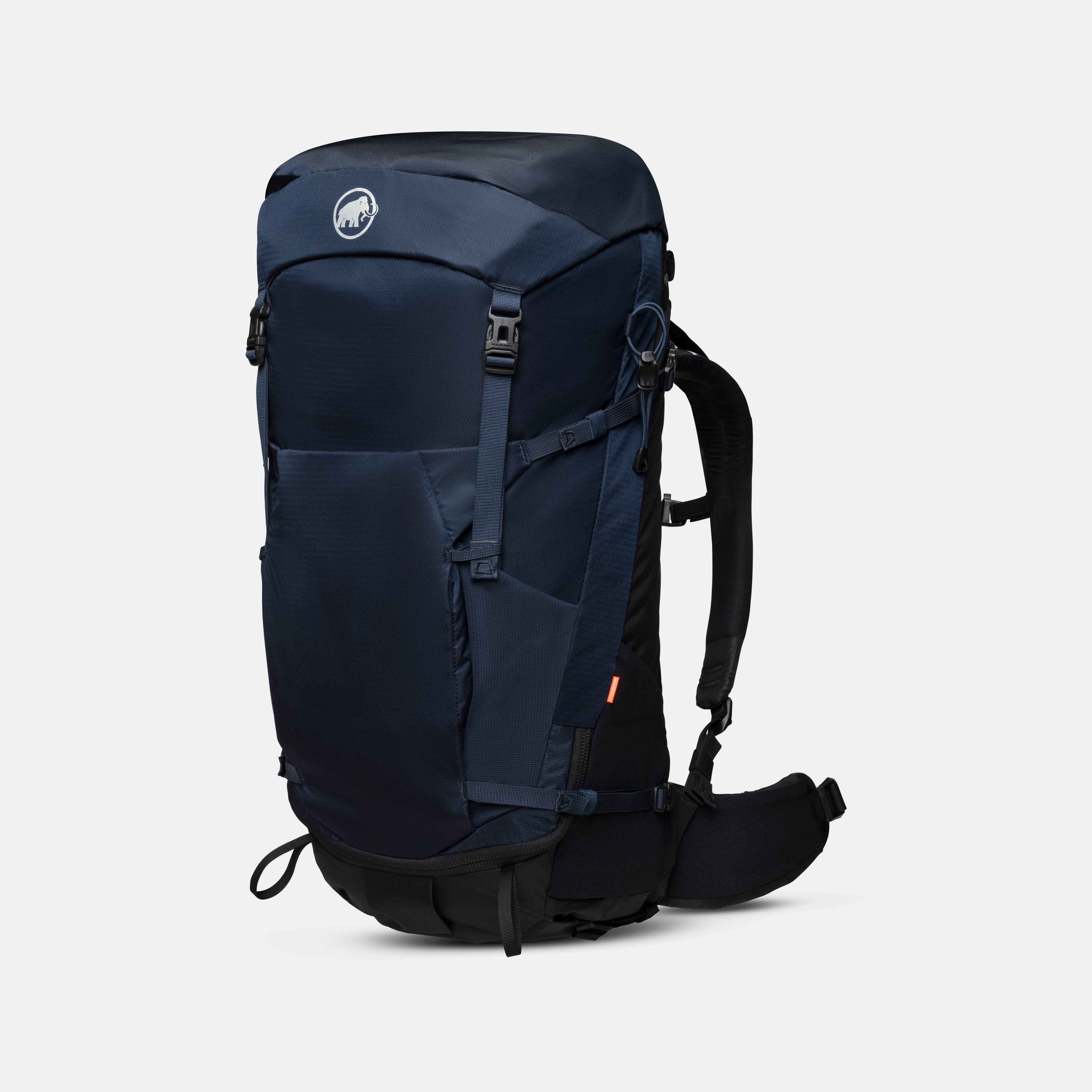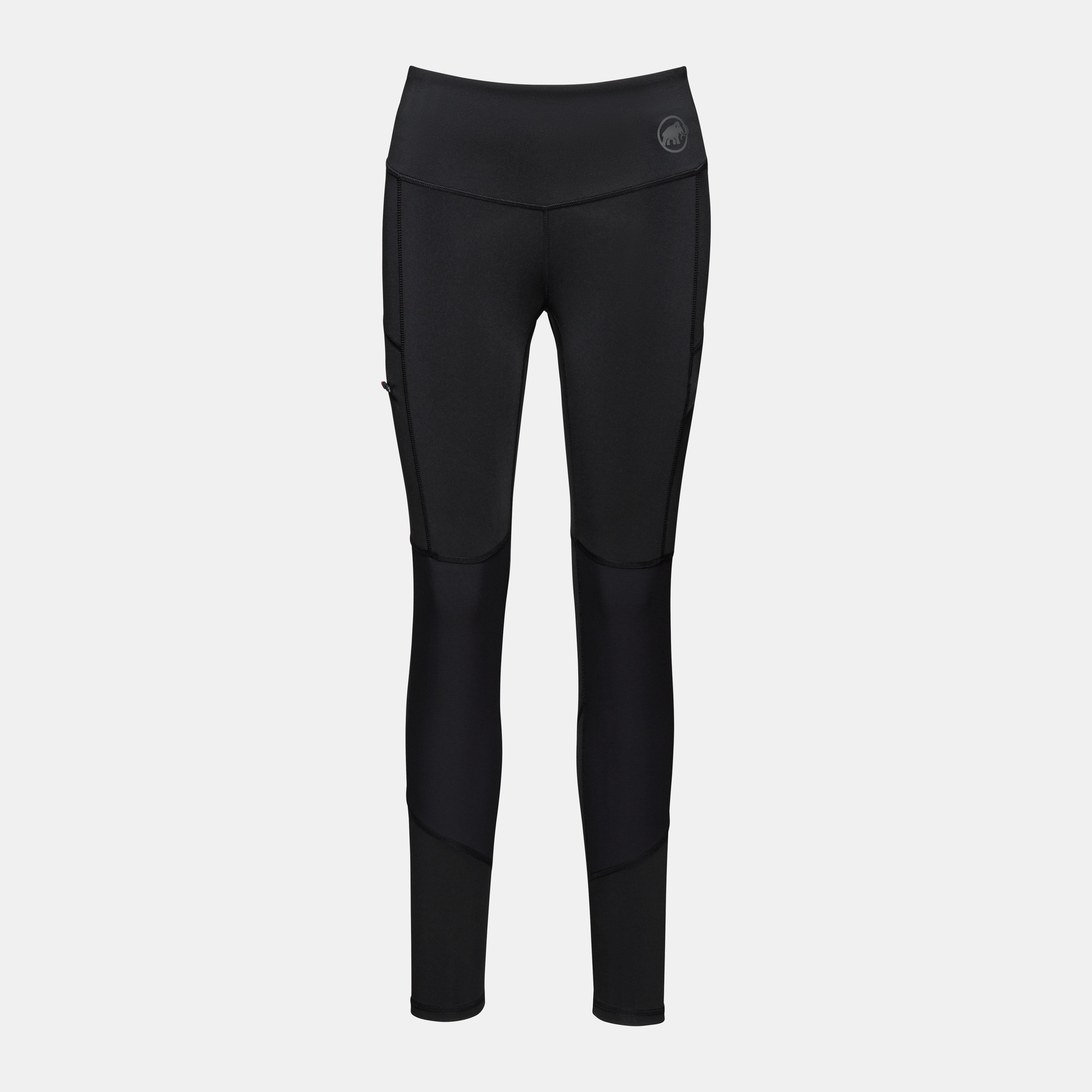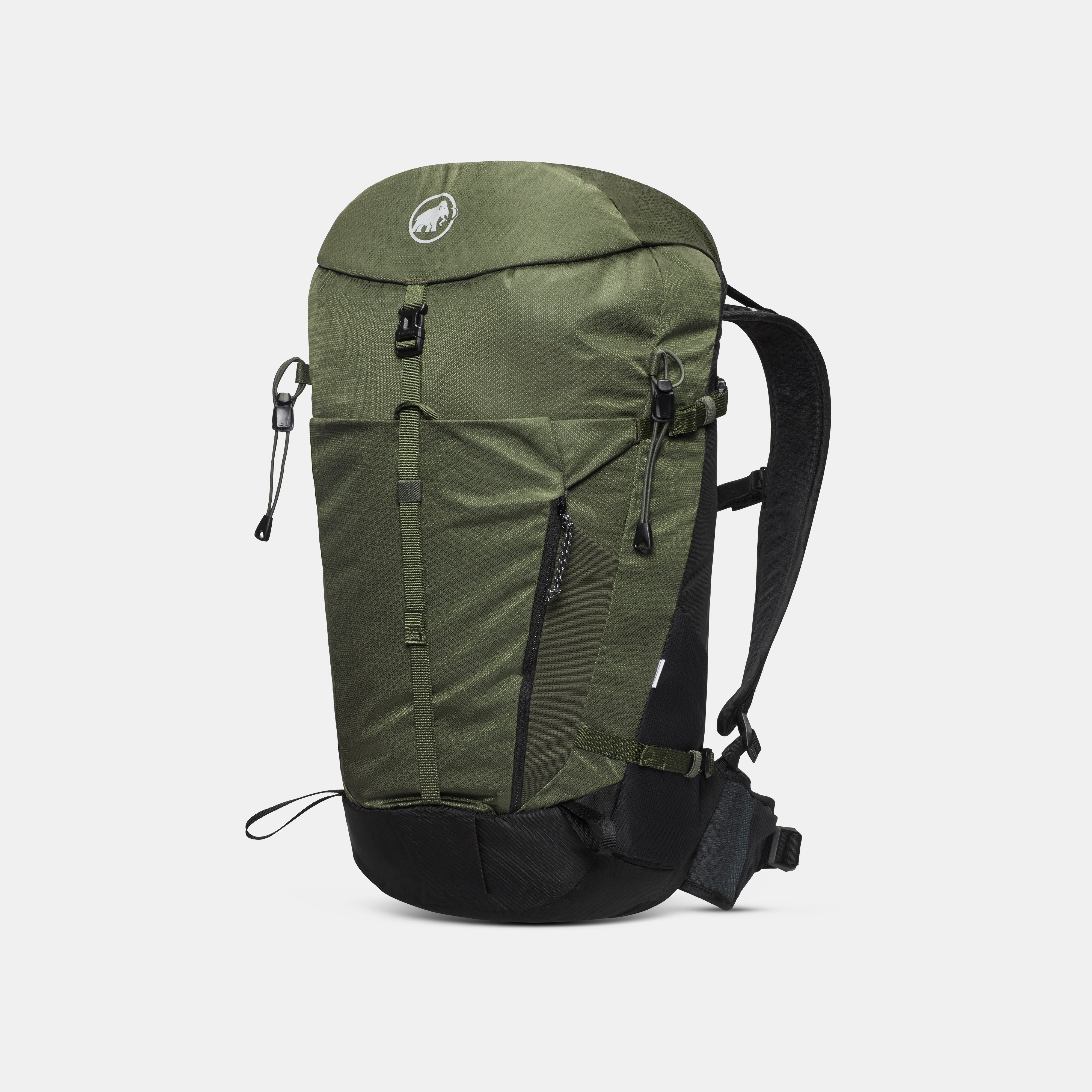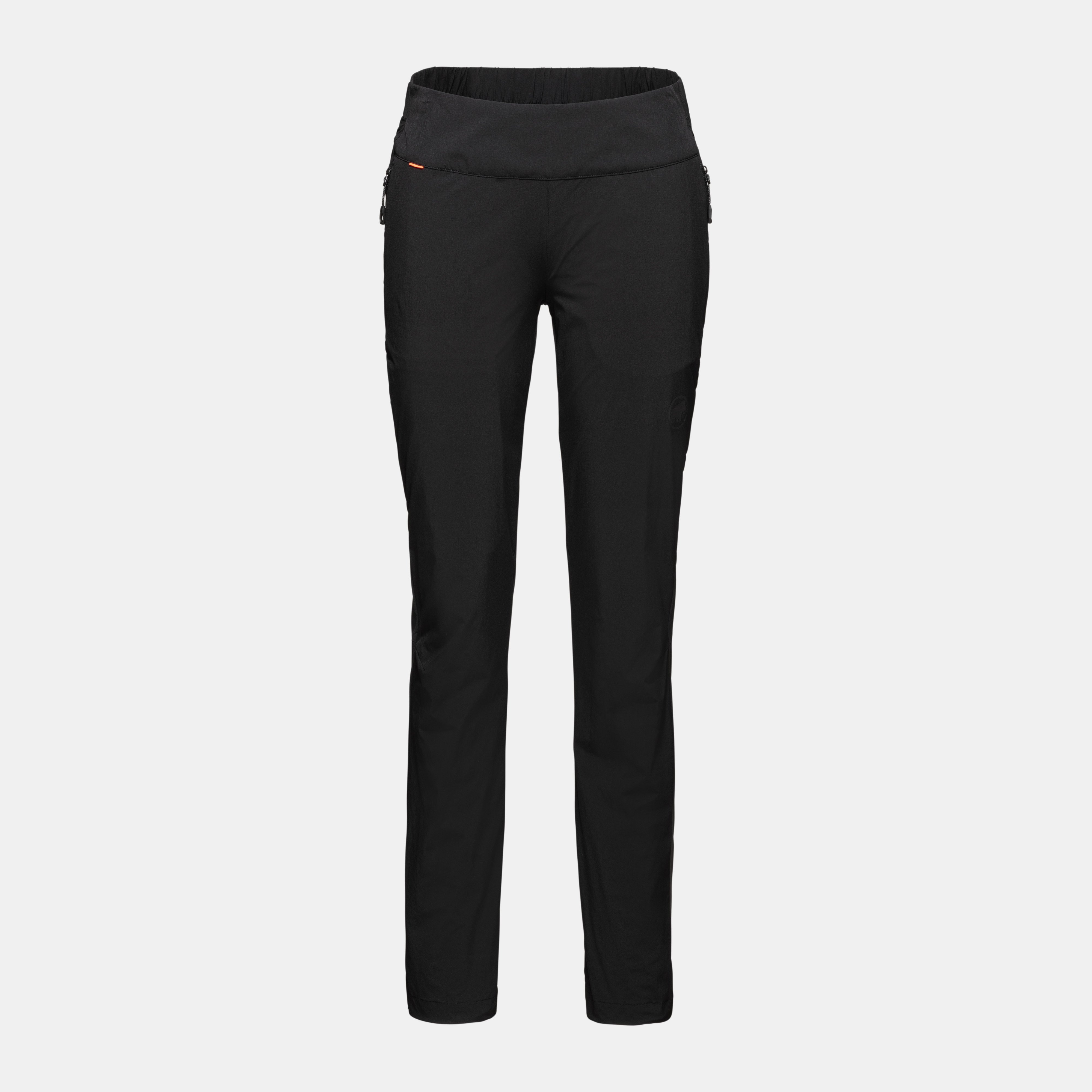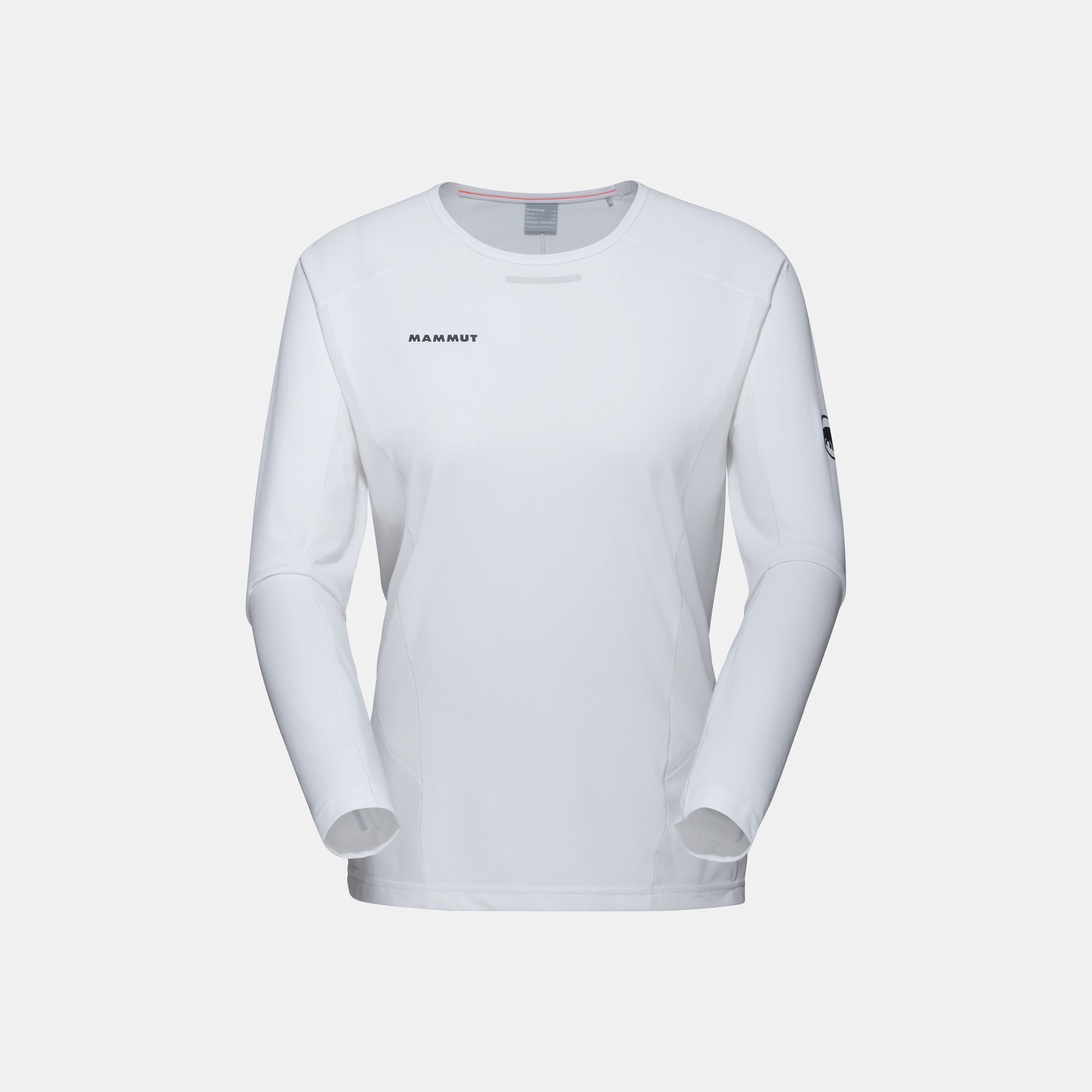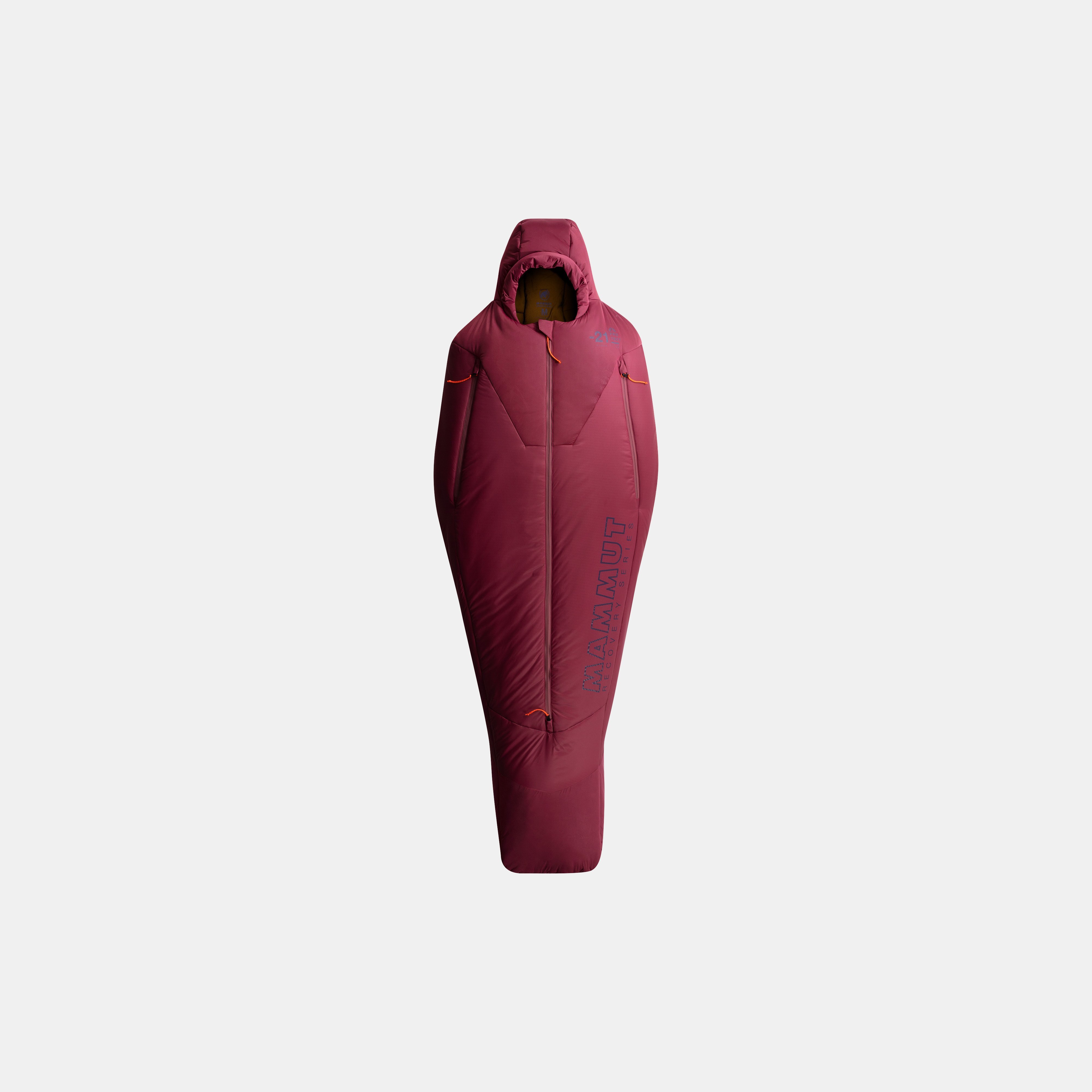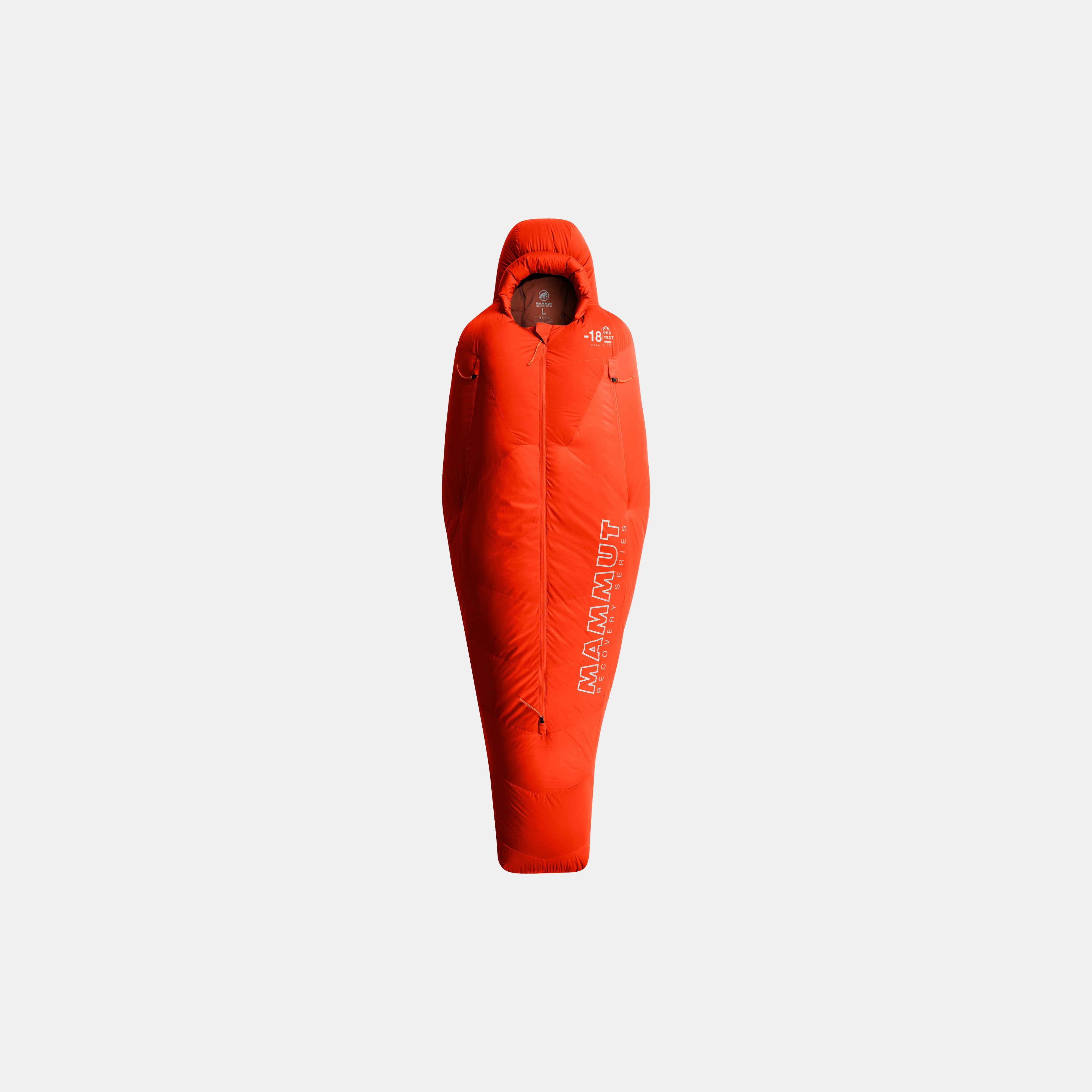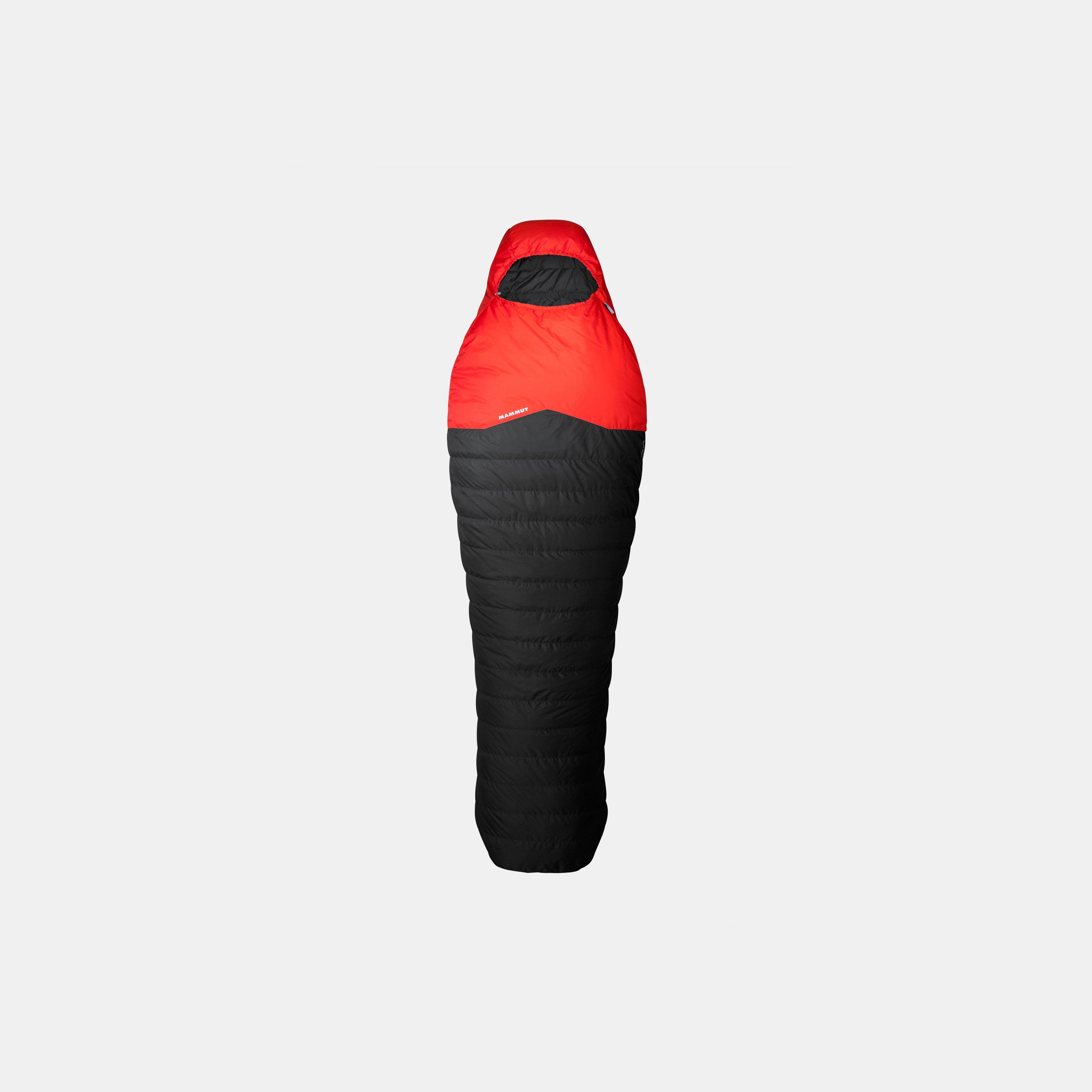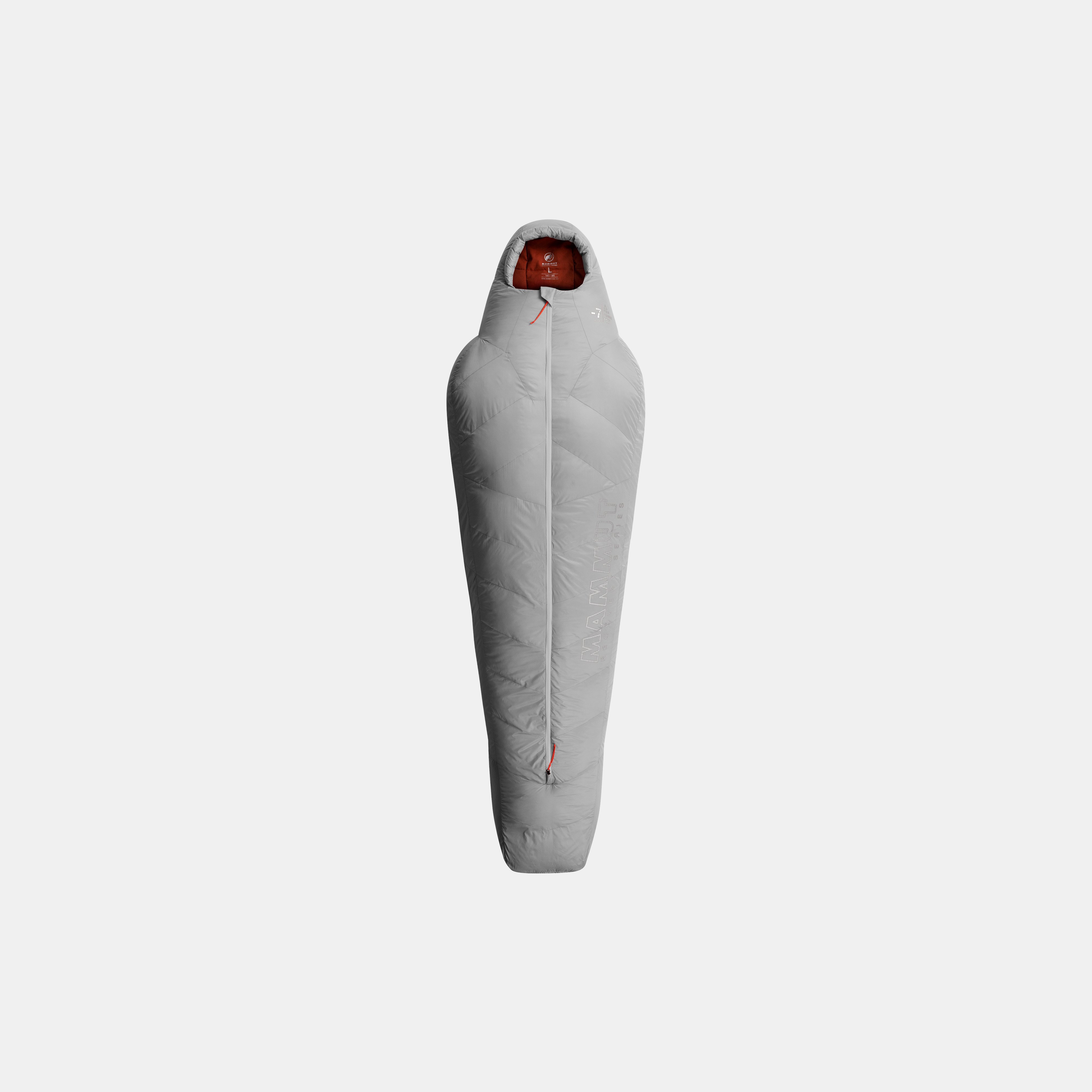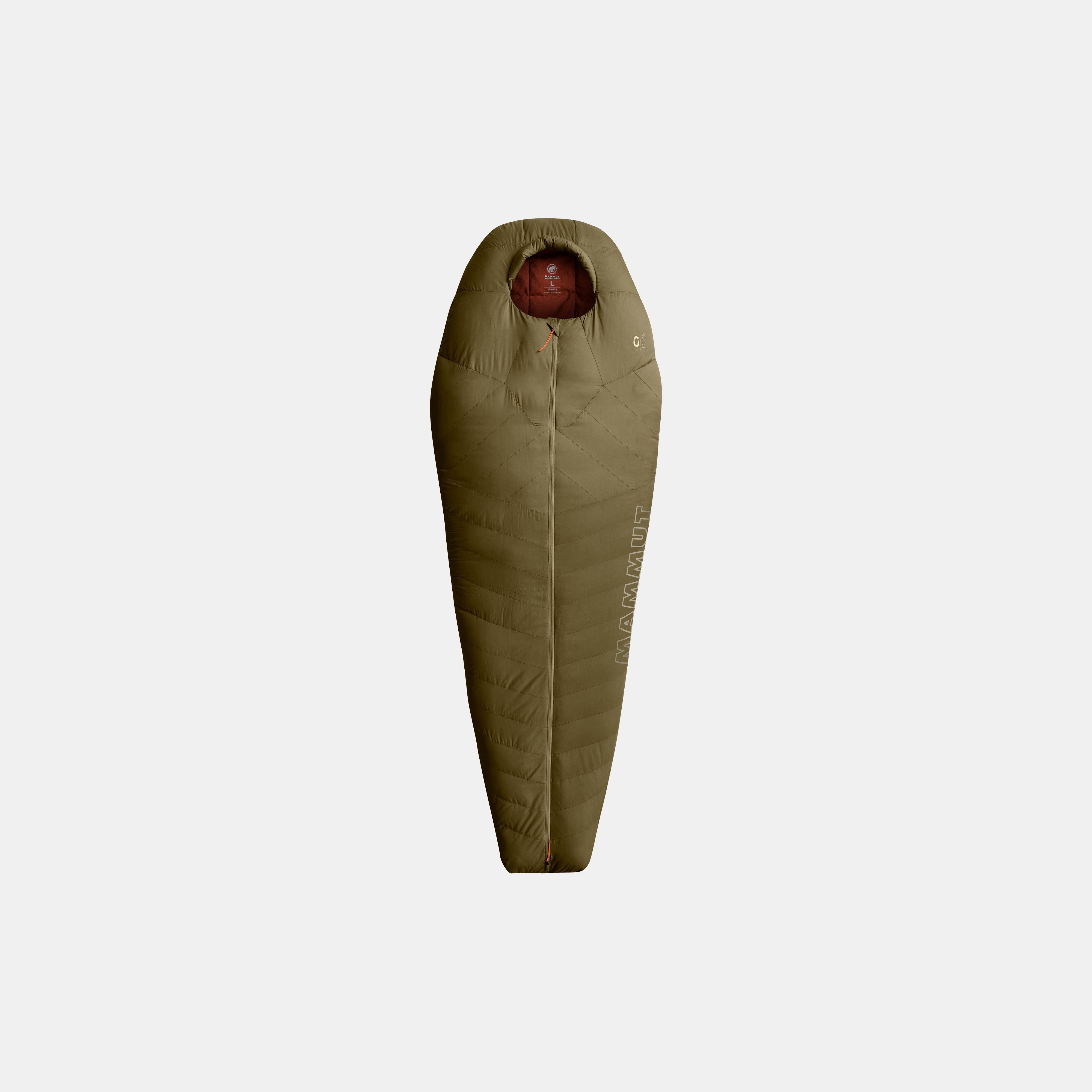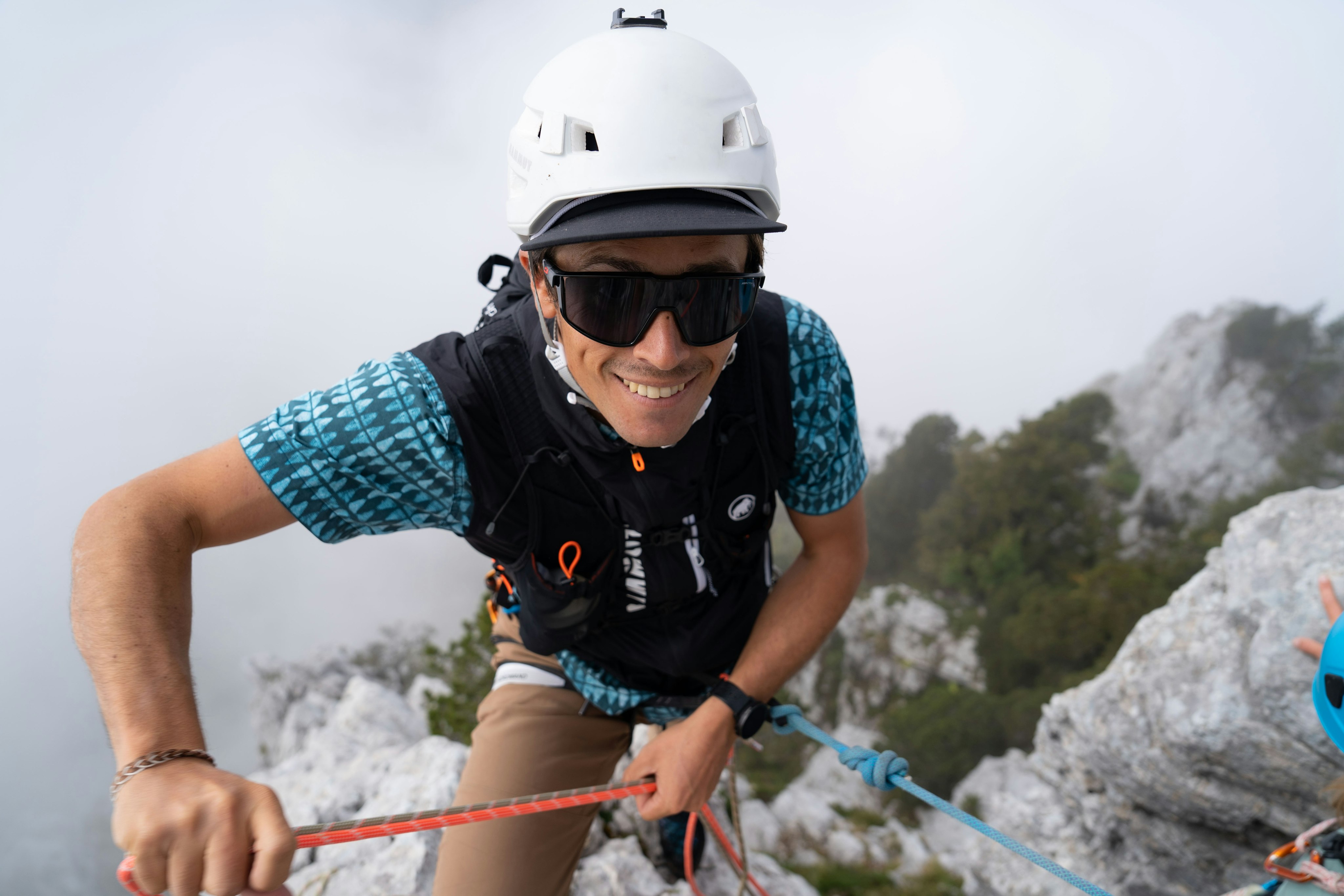How Much Weight Can A Backpack Hold?
03/2024
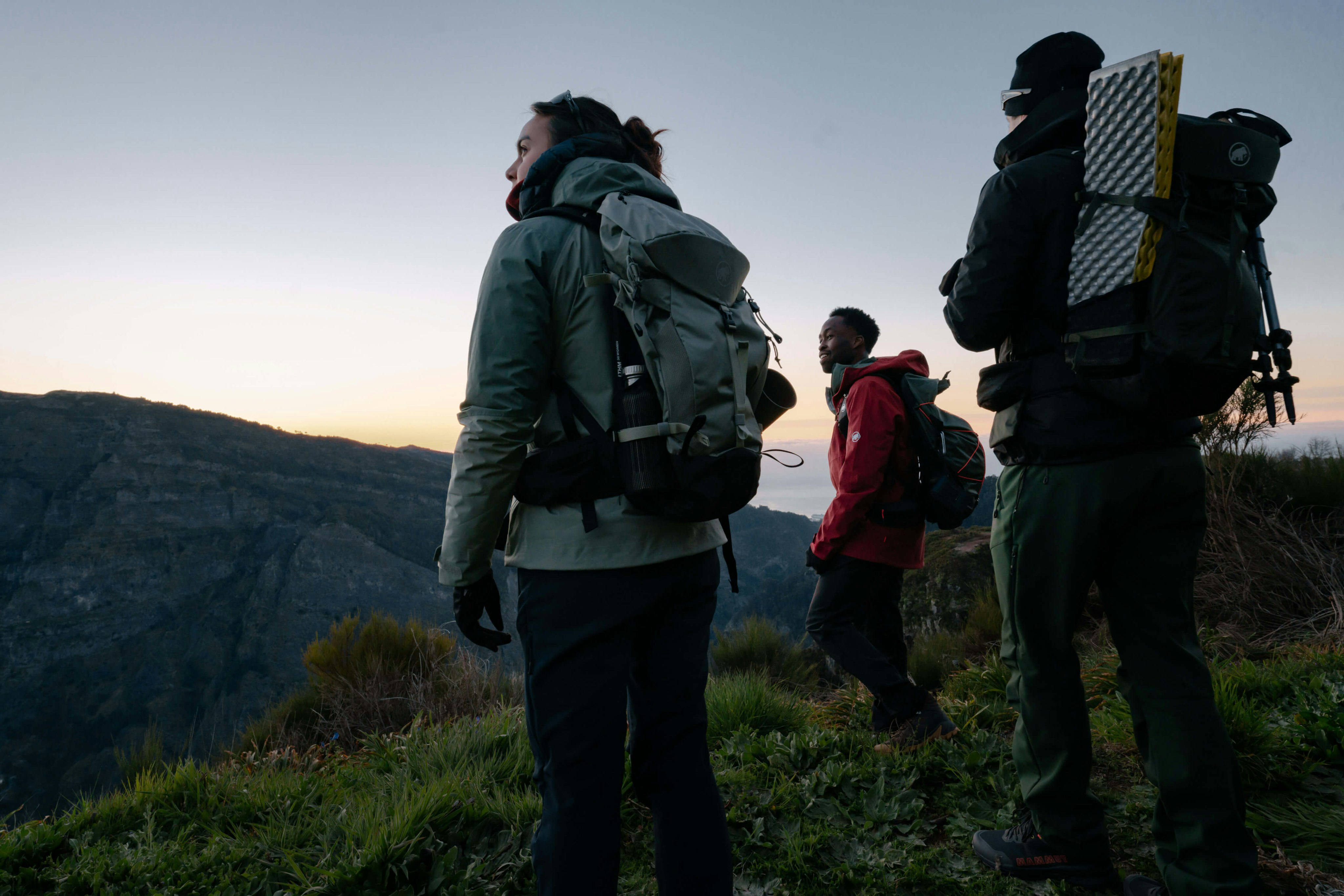
The matter of how much weight your hiking backpack should ideally have is not to be taken lightly. After all, once your back starts aching and your legs are slowly starting to give way, even the most enjoyable hike becomes a pain – literally. So whether you’re exploring the outdoors just for the day or embarking on a trekking tour spanning several days: we’ve got all the info you need to determine the right backpack weight for you, including handy tips on how to reduce it even further.
So what’s the maximum weight for hiking backpacks? Let’s take a look at the golden rule among seasoned hikers: The weight of your fully loaded backpack should not exceed 10 % of your bodyweight for day trips, and 20 % for trekking tours that last several days. So if you weigh 70 kilos, your backpack shouldn’t weigh more than 7 kilos for day trips, and no more than 14 kilos when doing a tour over several days. While this rule of thumb is a great starting point, it’s not always that easily applied in real life. After all, a person who is very tall but not particularly strong might struggle more with a heavy backpack than someone shorter with much more body strength.
That’s why we recommend taking a closer look beyond the “golden rule” to determine the ideal weight of your backpack.
Aside from your body weight and general fitness levels, there are a number of other factors which play a role in determining the ideal weight for your hiking backpack:
The length and nature of your trip: Let’s start with the obvious – the longer the trip, the more water, food, clothing and hiking equipment you’ll need. Another aspect to consider is whether you are staying in cabins overnight or camping under the open sky. If the latter is the case, you’ll also have to factor in the extra weight of your tent, mat and sleeping bag .
The weather: When you’re trudging through the deepest snow and braving icy cold gusts of wind, you’ll obviously need much warmer clothing than you would when hiking in more pleasant temperatures. Whether it’s a change of thicker clothes, other items like gloves , beanies and headbands or jackets and vests to keep the cold out – hiking during the winter is generally synonymous with a lot of extra weight.
The age of your equipment: The trusty old backpack that has been your steady companion for many years and adventures may have a lot of sentimental value, but will likely weigh considerably more than more modern models . The same goes for clunky equipment like sleeping bags and tents.
Preparation and experience: If you don’t really know what to expect from your upcoming hiking trip, there’s a good chance you’ll pack much more than you need. The right preparation is key. Make sure you find out beforehand what kind of conditions you’ll have to contend with on your planned route. And even if you end up carrying along the one or other surplus equipment, don’t beat yourself up over it – it’s a learning process, and every single experience will help you get better at packing.
Find your base weight
Less weight on your shoulders means increased comfort while walking, better freedom of movement and improved stamina, and enables you to cover more ground much more quickly – especially when you’re conquering challenging routes. When it comes to hiking and trekking tours that last several days, there’s two types of measurements that are important: the total weight and the base weight of your backpack. The term “base weight” refers to the weight of your backpack before you add essentials like water and food, as well as a lighter or matches. While your supplies will be steadily reduced over the course of your trip, thus making your backpack lighter, the base weight still remains the same. For trips that last several days, a base weight of under 13 kilos is pretty much ideal. Anything below 9 kilos is considered lightweight backpacking, a base weight below 4.5 kilos is referred to as ultra light. When looking to reduce the weight of your backpack, you should ideally start with the base weight.
Less is more: 8 tips to reduce the overall weight of your hiking backpack
1. Stick to the essentials
We get it – it’s easier said than done. Use a packing list with the top 10 hiking essentials, and try to be firm with yourself – every additional item has to serve a purpose. At the same time it’s important to not suck the fun out of your hiking trip by limiting yourself too much. So if you’re absolutely, 100 % convinced you won’t survive your time in the great outdoors without your favorite eBook or card game, take it along for the hike.
2. Keep your changes of clothes at a minimum
A change of clothes always puts a lot of extra weight on your shoulders, especially in the wintertime. Sure, it’s tempting to change your clothes every day. But in reality, it really isn’t necessary. Instead, opt for multifunctional hiking gear that can be reworn day after day, and ditch those extra sets of spare clothes. Clothing made from merino wool is a particularly good choice. Not only is it much more lightweight, but it helps reduce unpleasant smells, dries quickly, and regulates your body temperature to boot.
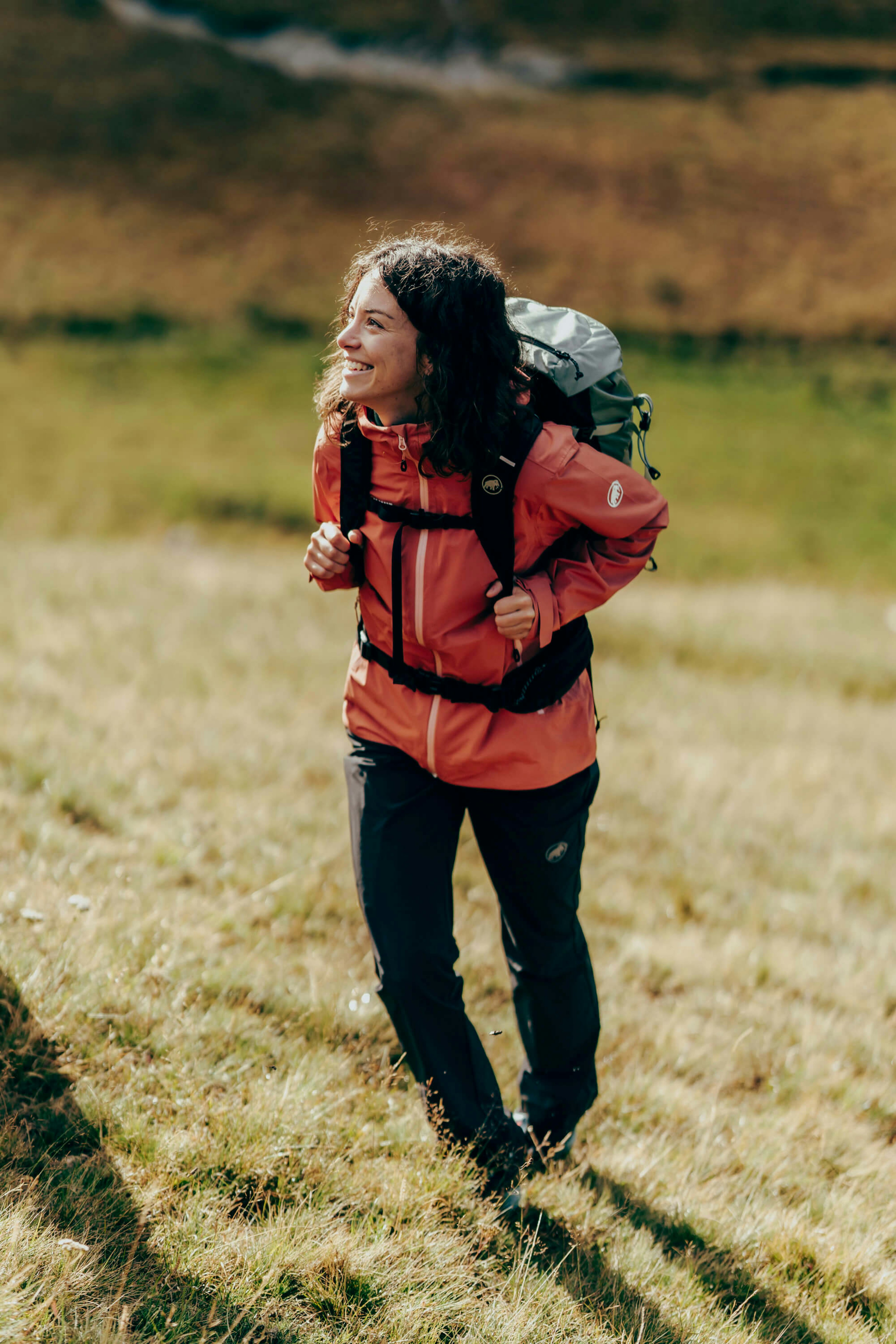
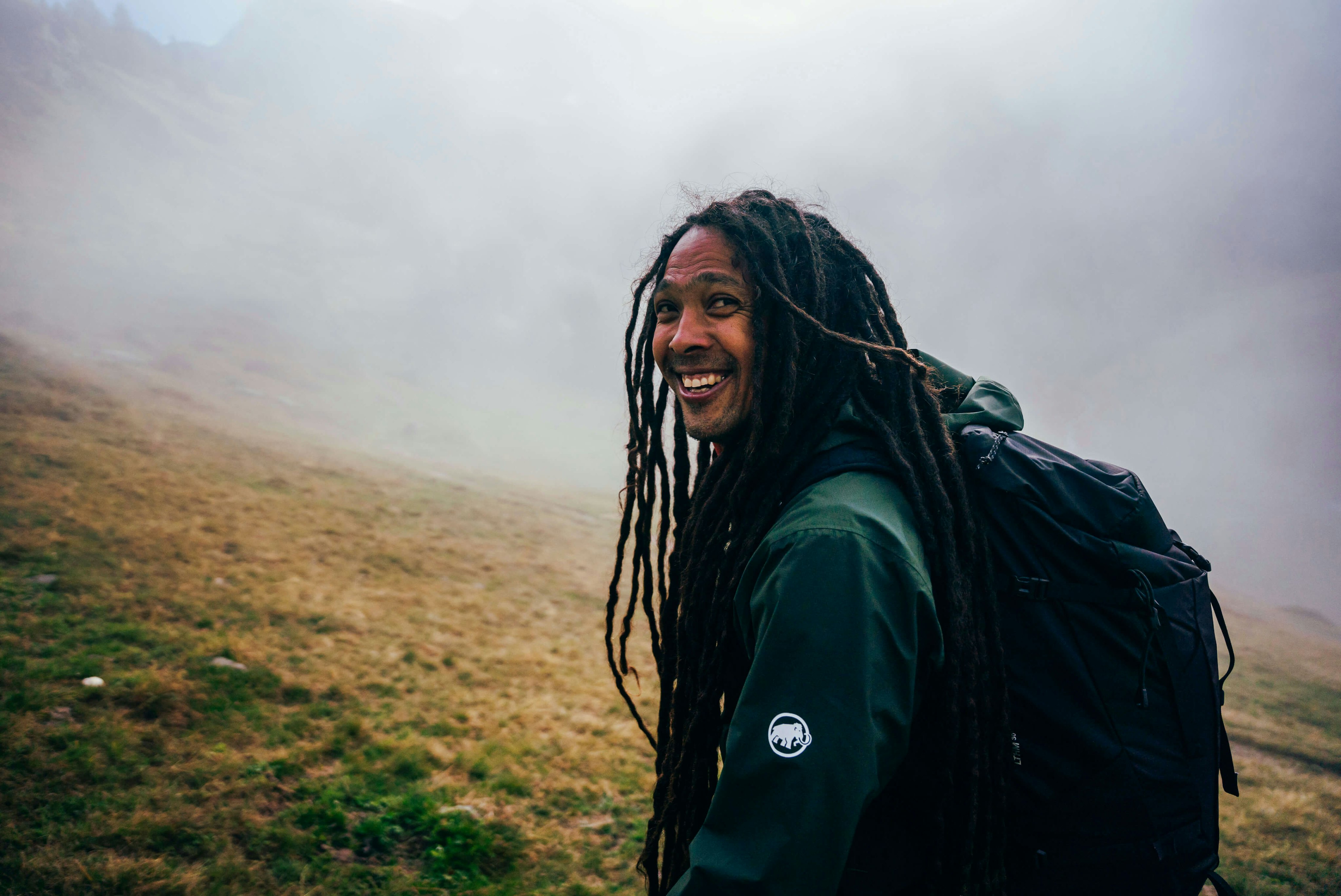
3. Weigh your equipment
Before putting anything in your backpack, weigh it. From sweatshirts to energy bars, knowing how much each item weighs helps you keep track of the total weight – when faced with a tough choice, just pick the lighter option. Remember: Every gram counts.
4. Invest in lighter equipment
The universe of outdoor gear is constantly expanding. And new technologies are all about reducing weight. If you’re regularly going on hiking tours, it’s a good idea to invest in high-quality, lightweight hiking gear. Especially when planning on sleeping out in the open, make sure you evaluate the Big Three, that is the three items which have the biggest impact on the total weight of your backpack: your sleeping bag, tent, and your backpack itself.
5. Plan your meals
A low base weight is great, but the amount of food, snacks and drinking water you pack equally affects the overall weight of your backpack. That’s why thorough planning is essential: Consider how much food you’ll need for one day and try to choose lightweight options with a low water content and a high level of nutrients. As a rule of thumb, you should roughly pack 1 kilo of food per person per day – but if you stick to special dry foods and energy-rich snacks, you can reduce that weight to a fraction of the initial amount. As far as drinking water goes, you’ll normally need 1 liter for every 2 hours of hiking. So if you’re on a long tour, that weight will quickly add up. To avoid lugging around your whole water supply for the day, make sure to find out beforehand if there are refill options along your route.
6. Reduce the quantities of your supply
Whether it’s toiletries or something else, you can significantly reduce weight by only taking the quantities you need. Especially toothpaste, shampoo, and sunscreen can easily be poured into smaller, reusable containers – which also saves space.
7. Learn from experience
Taking along too much on your first proper hike is not a deadly sin, but perfectly normal! You can use this experience to re-evaluate the contents of your backpack after every trip: Which items came in handy, and which ones were never used? That way, you can adjust your gear for your next adventure, and get one step closer to your perfect packing list.
What backpack capacity for what weight?
Now you know everything about base weight and overall weight – but you still haven’t found your perfect backpack ? When choosing your new backpack, make sure to pick one with plenty of capacity to hold all your equipment. Squeezing everything into a backpack that’s the wrong size is not just tedious – an overflowing, bulging backpack is not particularly comfortable to carry around either, plus items tied to the sides can negatively affect your balance.
When deciding on the volume of your backpack, it all depends on what you’ve got planned: A backpack for a tour lasting several days needs to hold more than a backpack for a day trip. At Mammut, we’ve got a number of backpacks with adjustable capacity – particularly handy for when you’re looking to take your backpack on different types of hiking trips. To help you decide, we’ve put together a table with all the essential info you need: so let’s find out which backpack size works best for what type of trek and weight class below!
Daytrip
Trip over several days + accommodation
Trip over several days + camping
Optimizing weight distribution: How to correctly pack your backpack
It’s not just the low weight that makes carrying your backpack comfortable – stability and perfect weight distribution can be equally, if not more, important. If you randomly stuff everything into your backpack, it won’t sit comfortably on your back and you’re much more likely to lose your balance. So, make sure you stick to a system when packing. The best way to go about it is by systematically dividing up your things into four categories:
Lower part of the backpack: Use it for large items that you’ll only need during long breaks or in the evening when you’re on a trip that includes overnight stays. This includes your change of clothes, extra layers for the night, as well as your sleeping equipment. By placing these soft and voluminous items there, you essentially create an internal shock absorption system for your back and backpack. Backpacks with a front zip, like the various high-capacity models from Mammut, ensure you’ve got quick and easy access to all your things – say goodbye to rummaging around!
Center of the backpack: The right place to store all your heavy gear that you will only need occasionally during the hike, including main meals, cooking equipment and other heavy items. Positioning these items in the center creates a stabilized center of gravity and helps direct the weight downward. As a general rule, you should always place heavy items close to your back to ensure the center of gravity doesn’t shift too far away from your body.
Upper part of the backpack: The place to stow away important items that you need frequently while on a hike. This includes your rain jacket , first aid kit , snacks, and water.
Easily accessible pockets: Use outer pockets and holders on your backpack for all the items you need quick access to. This includes GPS, sunglasses, insect repellent, snacks, and water bottles. Important smaller items like keys, ID and cash should be kept in a secure zip pocket.
Loops and fixing points: Items like trekking poles, ice picks and crampons can be attached to the outside of your backpack. All Mammut hiking backpacks are equipped with the necessary features, like special loops (daisy chains) and clasps. Nonetheless, it’s best to keep the number of items attached to the sides at a minimum, as they may get caught in branches, get scratched by rocks or possibly even throw you off balance.
At Mammut you’ll find backpacks with a variety of features that offer everything you need for effective weight distribution. We particularly recommend backpacks with patented Active Spine Technology like the Trion Spine and Ducan Spine product lines, which ensure your backpack actively adjusts to your natural walking movement. Integrated metal frames for effective load transmission are another feature that will give you – and your backpack – the required stability, while anatomically formed and padded hip and shoulder straps increase wearing comfort. Chest straps are also great for weight distribution. On top of that, we also offer hiking backpacks for women and hiking backpacks for men , which have been specifically designed to complement each body type. Various additional adjustable features ensure our backpacks perfectly adapt to your body, and ensure the weight is evenly distributed.
A final word of advice
With these tips and tricks in mind, packing light should become a little bit easier. You’re not a seasoned hiker yet? Then take a look at our Stories & Guide, which is packed with stories from all kinds of outdoor junkies, featuring lots of inspiration and handy tips for your own adventures.
Explore Mammut Technologies
We are inventors, developers and pioneers. We take big, exciting ideas and turn them into reality, pushing quality and performance up to a whole new level. And we’ve been doing it since 1862. Find out more about our latest technologies.
